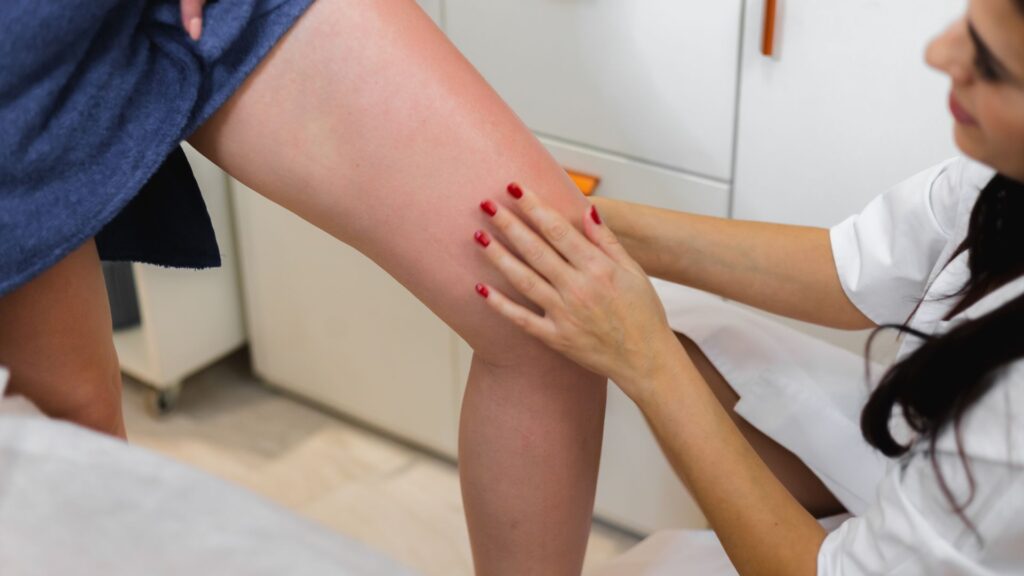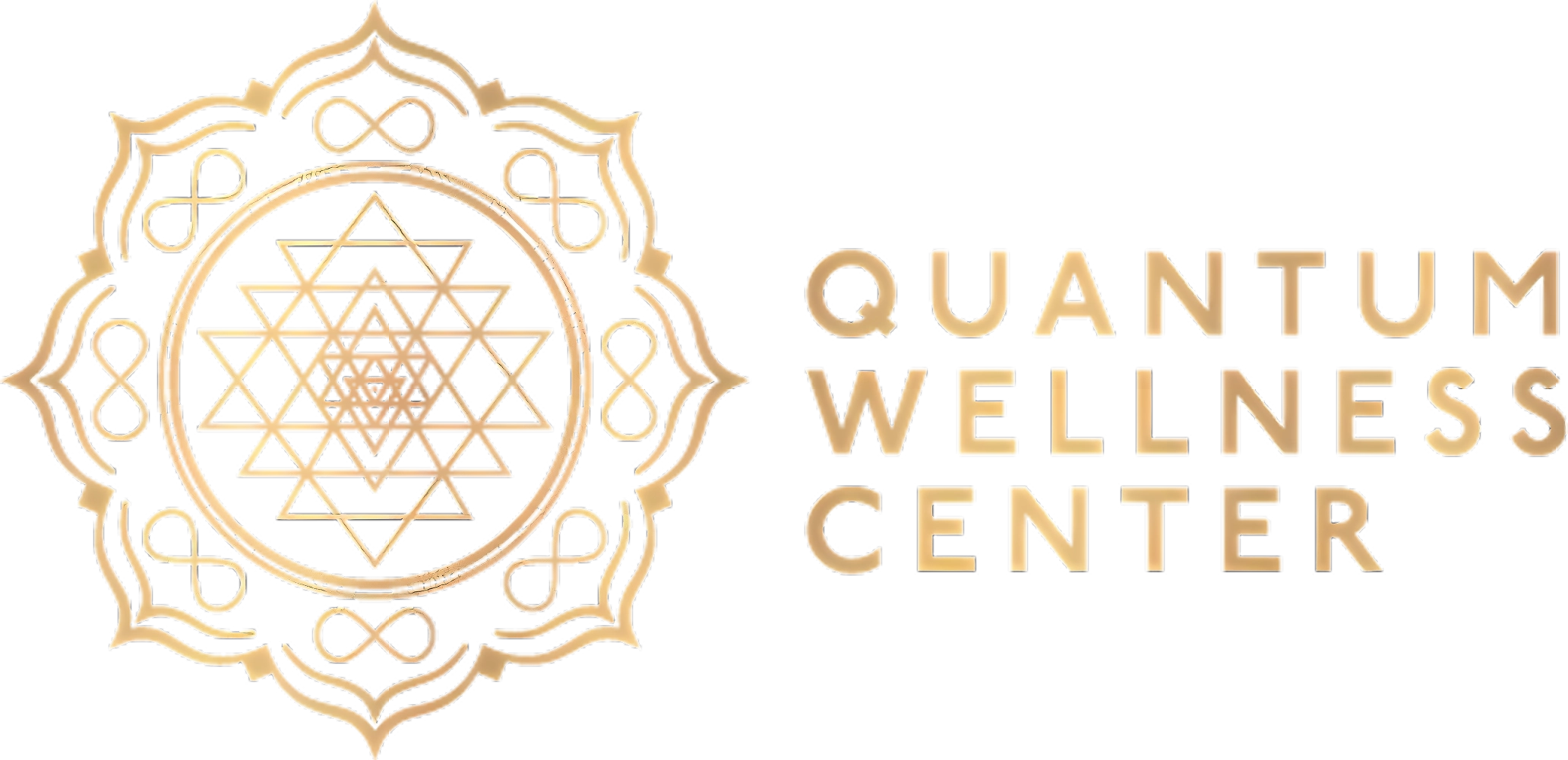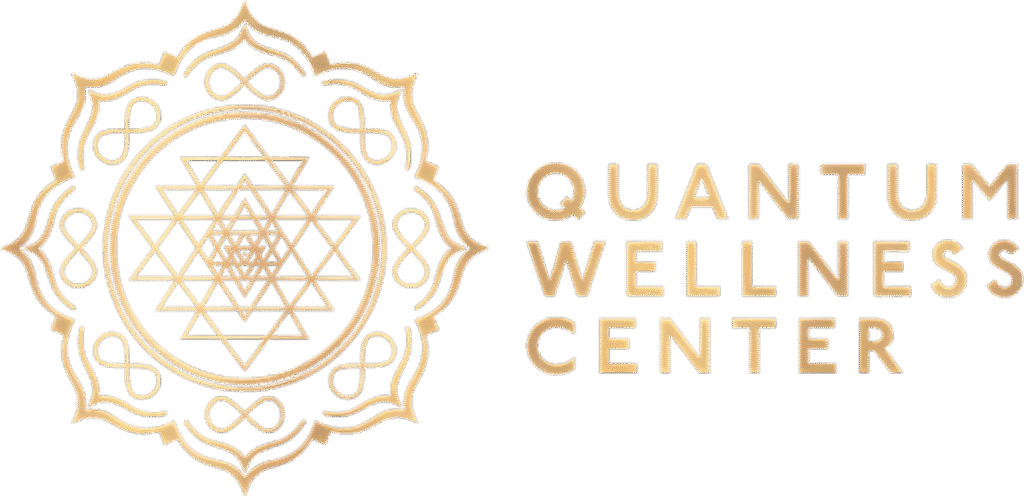Spider veins are a common cosmetic concern that affects millions of people, especially women. While not dangerous, these small, twisted blood vessels near the skin’s surface can be frustrating to deal with. As light-based treatments grow in popularity, many are now wondering if they can help reduce the appearance of spider veins.
In this article, we’ll break down what spider veins are, how red light therapy works, and whether it’s an effective treatment option for improving the appearance of these superficial vessels..

Understanding Spider Veins
Spider veins are small, damaged blood vessels that appear on the legs and face. They often look like thin red, purple, or blue lines and are similar to varicose veins, though much smaller and closer to the skin’s surface. Both conditions stem from poor blood circulation and weakened valves within the vascular system. While varicose vessels tend to bulge and cause discomfort, spider veins are generally harmless but may still impact self-esteem due to their appearance.
Factors like genetics, aging, pregnancy, prolonged sitting or standing, and sun exposure can increase the risk of developing these visible vessels. While not medically necessary to treat, many people seek spider vein treatment to restore smoother, more even-toned skin.
Advanced wellness technologies are now making it easier to manage cosmetic vein issues, offering supportive therapies that promote healthier circulation and skin appearance.
What Is Red Light Therapy?
Red light therapy is a non-invasive treatment that uses low-level wavelengths of light to penetrate the skin and stimulate cellular repair. These light therapies are used in various cosmetic and wellness settings for purposes like improving skin health, and reducing inflammation. It’s also being studied for its benefits for improving cellulite appearance, as red light helps enhance circulation and skin texture.
Unlike intense pulsed light (IPL) or laser therapy, red light therapy does not damage the surface of the skin. It typically uses LED light therapy devices that emit red or near-infrared light. These wavelengths stimulate mitochondria in cells, encouraging natural healing and regeneration processes.
How Red Light Therapy Supports Spider Vein Reduction
While this therapy is not considered a direct cure of spider veins, it may help improve blood flow and skin health, indirectly reducing their appearance over time.
By improving circulation and decreasing inflammation, red light therapy might help prevent new superficial vessels from forming and ease pressure in affected areas. However, it is not as targeted as laser therapy or sclerotherapy, which involve injecting a solution into the dilated vessels to collapse them.
That said, some users report seeing smoother skin and fewer visible blood vessels after consistent use of this therapy in wellness centers. For mild cases or early-stage spider veins, this therapy may serve as a gentle, supportive option.

Comparing Red Light Therapy to Other Vein Treatments
When it comes to treating spider veins, various light therapies are available:
- Laser therapy uses a focused beam of light to target the blood vessels directly, causing the vein to collapse and fade.
- IPL (intense pulsed light) is similar to laser treatment but uses multiple wavelengths to treat skin conditions and facial spider veins.
- Sclerotherapy remains one of the most effective options, especially for leg veins. It involves injecting a solution directly into the vein, which causes it to close and be reabsorbed by the body.
Red light therapy is more conservative. It does not destroy affected areas but may support skin rejuvenation and circulation. This makes it an appealing option for individuals seeking non-invasive and low-risk treatments, or those interested in complementary care alongside more direct procedures.
Limitations and Considerations
While red light therapy is generally safe and well-tolerated, it is important to set realistic expectations. This form of light therapy may help improve skin health and blood circulation, but it is unlikely to remove spider veins on its own, especially more stubborn ones.
Those with more advanced vein issues may benefit more from professional treatment options. In some cases, combining it with other approaches may offer added benefits, especially in reducing redness and improving skin texture post-procedure.
Also, keep in mind that consistency matters. This therapy works best when used regularly over time. Devices used at home should follow manufacturer guidelines to ensure safety and effectiveness.
What Red Light Therapy Is Really For
Red light therapy is primarily used for skin rejuvenation, reducing inflammation, and accelerating tissue repair. It is widely applied in cosmetic and therapeutic settings to improve skin tone, reduce signs of aging, and promote healing after injuries or procedures. It may also support nerve-related conditions such as neuropathy, making it a versatile option for various therapeutic goals.
While not a direct treatment for spider veins, these core benefits make red light therapy a supportive option. Healthier skin and better blood circulation may help reduce the appearance of spider veins over time. Its role in improving skin health makes it a useful adjunct to professional vein treatment or part of a proactive skincare routine aimed at maintaining clear, even-toned skin.
Final Thoughts from Quantum Wellness Center
Red light therapy offers a gentle, non-invasive approach to improving skin health and blood circulation. While it may not completely remove spider veins, it can support the appearance of the skin and potentially reduce the visibility of mild cases over time.
At Quantum Wellness Center, we provide advanced wellness solutions like red light therapy, IV therapy, and holistic treatments designed to enhance your skin and circulatory health. Whether you’re exploring remedies, preventive care, or looking to complement professional vein treatment, our knowledgeable team can help you choose the right option for your wellness goals.



